Own a Huawei Phone? Here’s How the Ban Will Affect You
With Huawei landing on the U.S. government’s blacklist, you may wonder how it affects your device. Here’s how Huawei’s troubles could impact you.
Things continue to go from bad to worse for Huawei. In the span of just two weeks, the No. 2 worldwide phone maker has lost its privilege to license Google’s Android services and purchase chips from industry suppliers Qualcomm and ARM, after the U.S. Department of Commerce placed Huawei on an Entity List that forbids U.S. companies from sharing software or hardware with the Chinese firm.
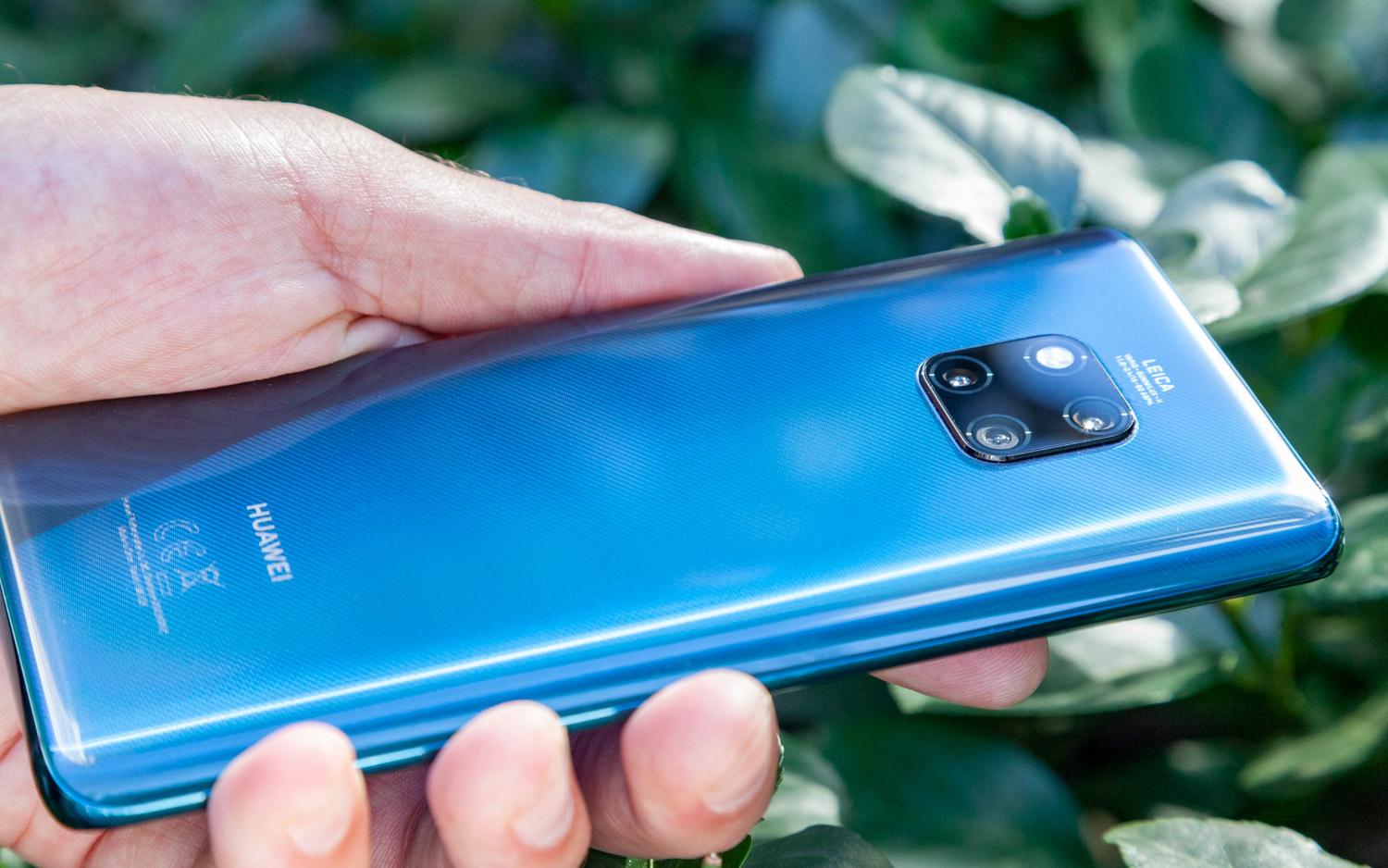
It’s surely a distressing scenario for Huawei, which will now have to turn to domestic partners to fill these fresh gaps in production, and likely fork the open source component of Android to craft a new operating system without Google’s instrumental frameworks. But let’s not overlook the other victims in the fallout — those who own Huawei products themselves.
Huawei has affixed its name to some fantastic phones and laptops, especially in recent years. And with everything that’s happened this month, you’re likely wondering how this will affect you, should you own anything from a Mate 10 Pro to a MateBook X Pro. Will you update your phone one day only to find that the Play Store and all your Google apps have disappeared? Will you continue to receive software and security updates? Will you still be able to get support and service if you need it?
The truth is, we don’t yet know how everything will play out. But based on statements from some of the parties involved, we have a rough idea of what owners should expect.
Cheat sheet: What Huawei owners should know
- Huawei has been granted a 90-day temporary license to continue working with U.S. companies to support its products. During that time, software and security updates will continue.
- After those 90 days are up, Huawei may not be allowed to continue to include Google services on its phones following future updates, and security patches from Google will cease.
- Huawei’s eventual inability to work with Google could push back the rollout of Android Q to its phones, or significantly change the software’s feature set.
- Huawei’s laptops and partnerships with Intel and Microsoft in the PC space are similarly affected.
Support will continue for 90 days
Initially, Google was to cease all activity with Huawei following the Chinese company’s placement on the Entity List. However, some days after the Commerce Department’s original decision, the U.S. government extended a temporary general export license to the Chinese tech giant, allowing them to continue product support operations for 90 days.
Sign up to get the BEST of Tom's Guide direct to your inbox.
Get instant access to breaking news, the hottest reviews, great deals and helpful tips.
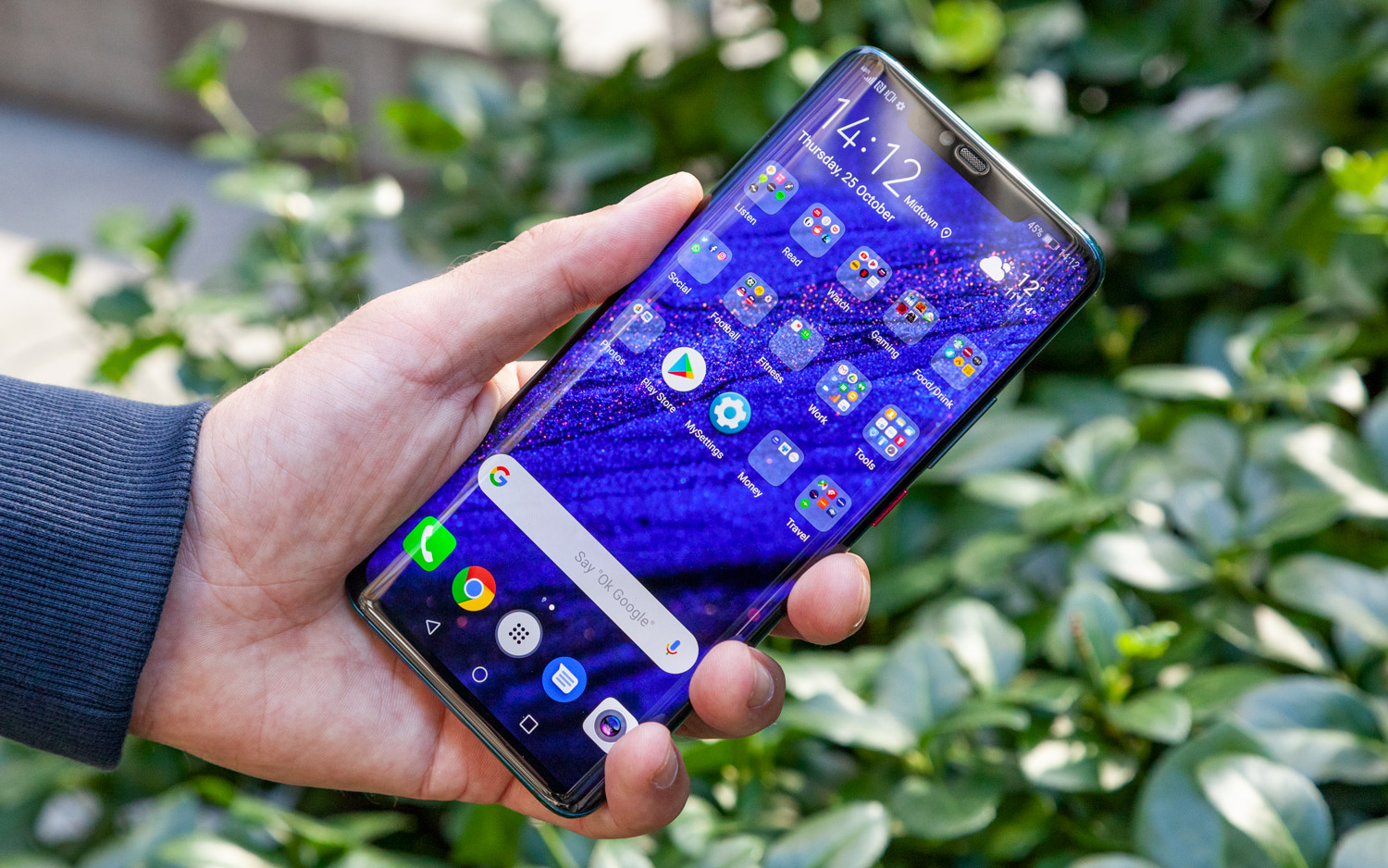
Google confirmed to CNBC that this extension allows the two companies to work together on software and security updates. Business will continue as is until August 19, but what will happen after that point isn’t entirely clear yet — a number of scenarios could play out, depending on the interpretation of the law.
Your Huawei phone may forfeit Google services when updated
Here’s the issue: Like all Android OEMs, Huawei relies on Google’s frameworks to develop and distribute updates to its Android phones. Without continued access to elements like Google Play Services, which underpins everything from notification delivery to privacy settings to software that utilizes your location, an Android phone would pretty much cease to function.
Theoretically, existing Huawei devices out in the world would be able to retain all of Google’s necessary Android components, apps and the Play Store — but only until they’ve been updated. If Huawei is to push out a new software build in September for a device like the P30 Pro, it may have to forfeit everything that comes from Google.
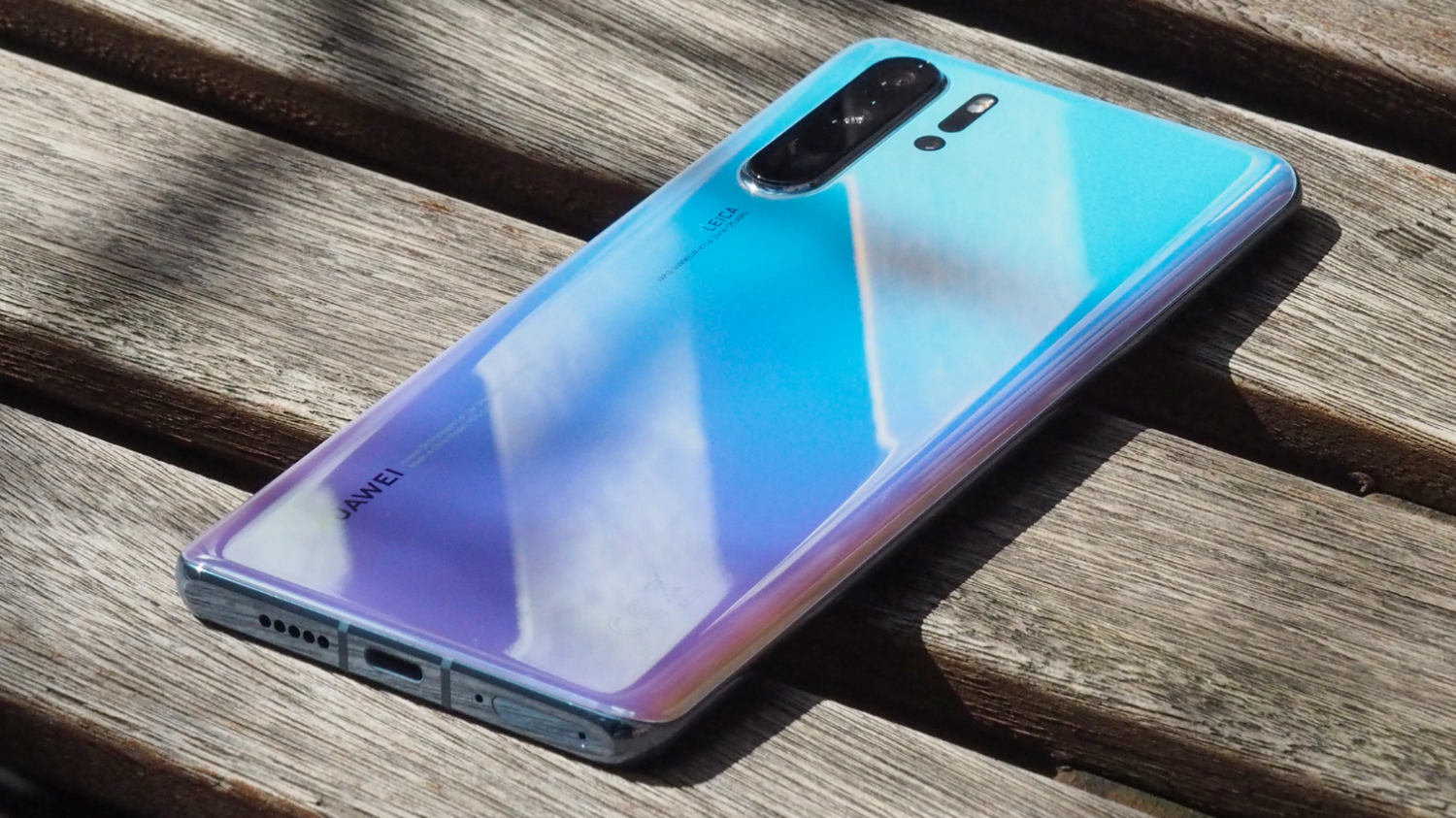
So then the question becomes, does Huawei have to update its phones, if those updates will hugely cripple the experience its users are accustomed to? In the interest of security, one would argue the company must, but then precisely how valuable — or indeed possible at all — are future security updates if they can’t implement Google’s findings and patches?
MORE: Huawei vs US Government: Where's the Evidence?
These are complex, unprecedented problems for Google and one of its Android partners to be facing. While Android is rooted in open source code, Google has progressively folded more and more crucial system components into its own suite of software and services, which is not open source. Much like Amazon does with its Kindle Fire tablets, Huawei could use the open source version of Android, and then build its own EMUI front-end on top of that. (And the company is working on its own OS, though reports say it’s not close to being ready for release.) But regardless of what happens, the future of Huawei’s phones — existing and yet to release — appears entirely devoid of Google.
This will assuredly push back Android Q
If the next version of Android, codenamed Q, arrives at all on Huawei’s existing devices, it’ll likely be pushed back significantly. The update will likely debut in the fall, first on Google’s own Pixel handsets, followed by hardware from other companies in late 2019 or early 2020.
Interestingly, Huawei’s recently-released Mate 20 Pro was initially included among the devices capable of running Android Q Developer Beta 3 after it was announced at Google I/O a few weeks back. However, once Google was forced to cease working with the company, that handset was taken off the list.
Should Android Q miraculously arrive on Huawei products, it could look very different — again as a consequence of losing access to that all-important Google suite.
What about laptops?
Of course, smartphones aren't all Huawei makes. The company's burgeoning PC business is also in danger for the very same reasons, and Intel has already cut ties — meaning Huawei will need to find another chipmaker to power its computers.
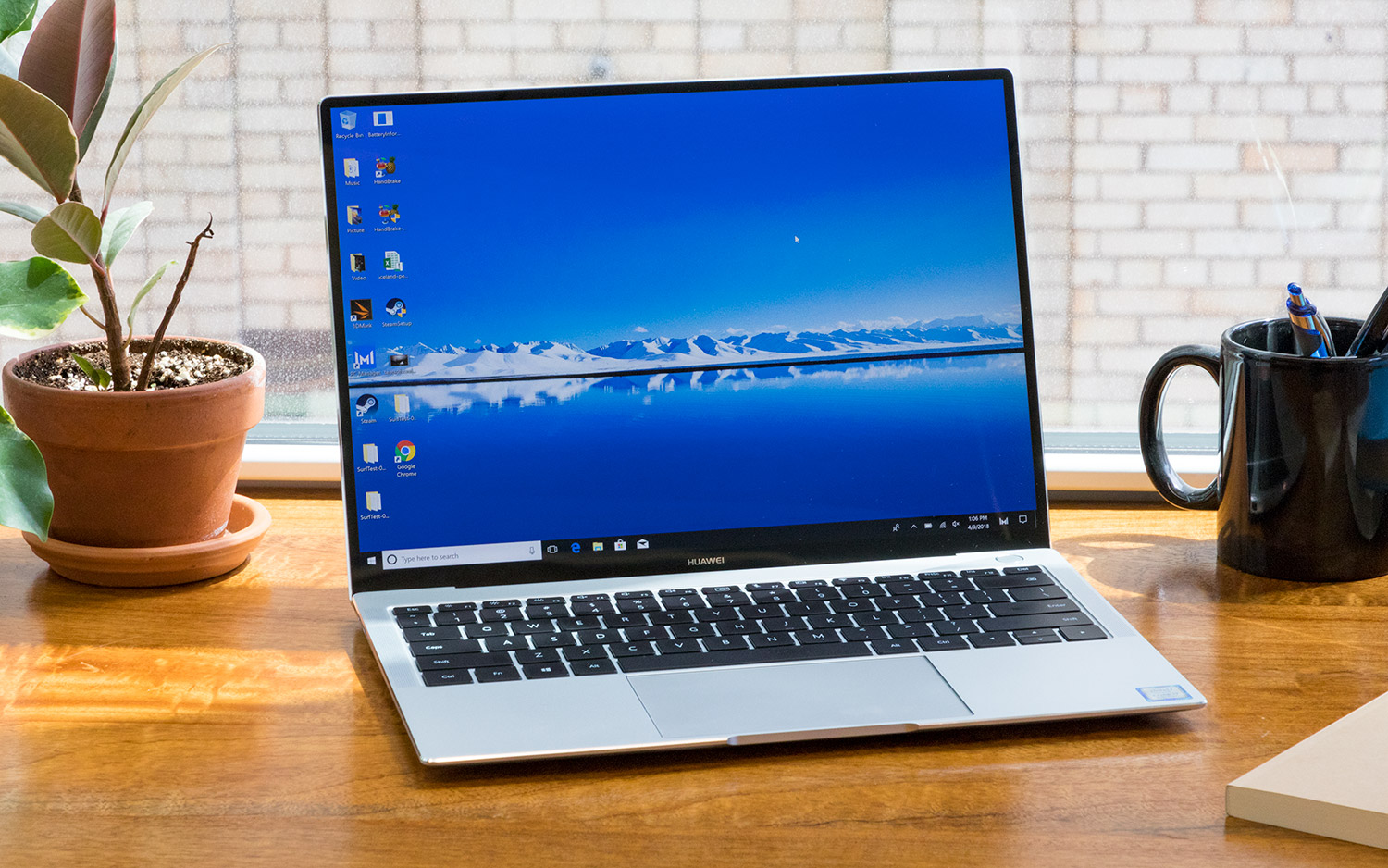
And then, of course, there's the problem of Microsoft, due to the fact that Huawei licenses Windows for its machines. Unlike Android, Windows is not open source in any capacity, meaning Huawei will have to literally start from scratch with a new operating system to replace it, or move to something like Linux.
Interestingly, while Microsoft has stopped selling Huawei's laptops on its online store, it hasn't publicly addressed its relationship with the company in light of the Commerce Department's decision. Microsoft most recently told TechRadar that it has "nothing to share on the matter," though you'd have to imagine that will certainly change soon, considering increasingly more industry players are distancing themselves from the Chinese firm.
What should you do?
First off, Huawei owners should continue to monitor the situation. This all looks quite dire right now, but depending on how the ongoing trade war between the U.S. and China shakes out, things could turn around just as they did for ZTE last year. That phone maker shut down operations entirely for a few weeks, until its Denial Order was suddenly lifted by the Trump administration and the company was given the green light to continue working with American businesses again.
If you do currently use a Huawei phone, remember that you will continue to enjoy the same support you get now for the next three months, under the terms of the temporary license. Perhaps you could use that time to entertain trading your handset in for an alternative.
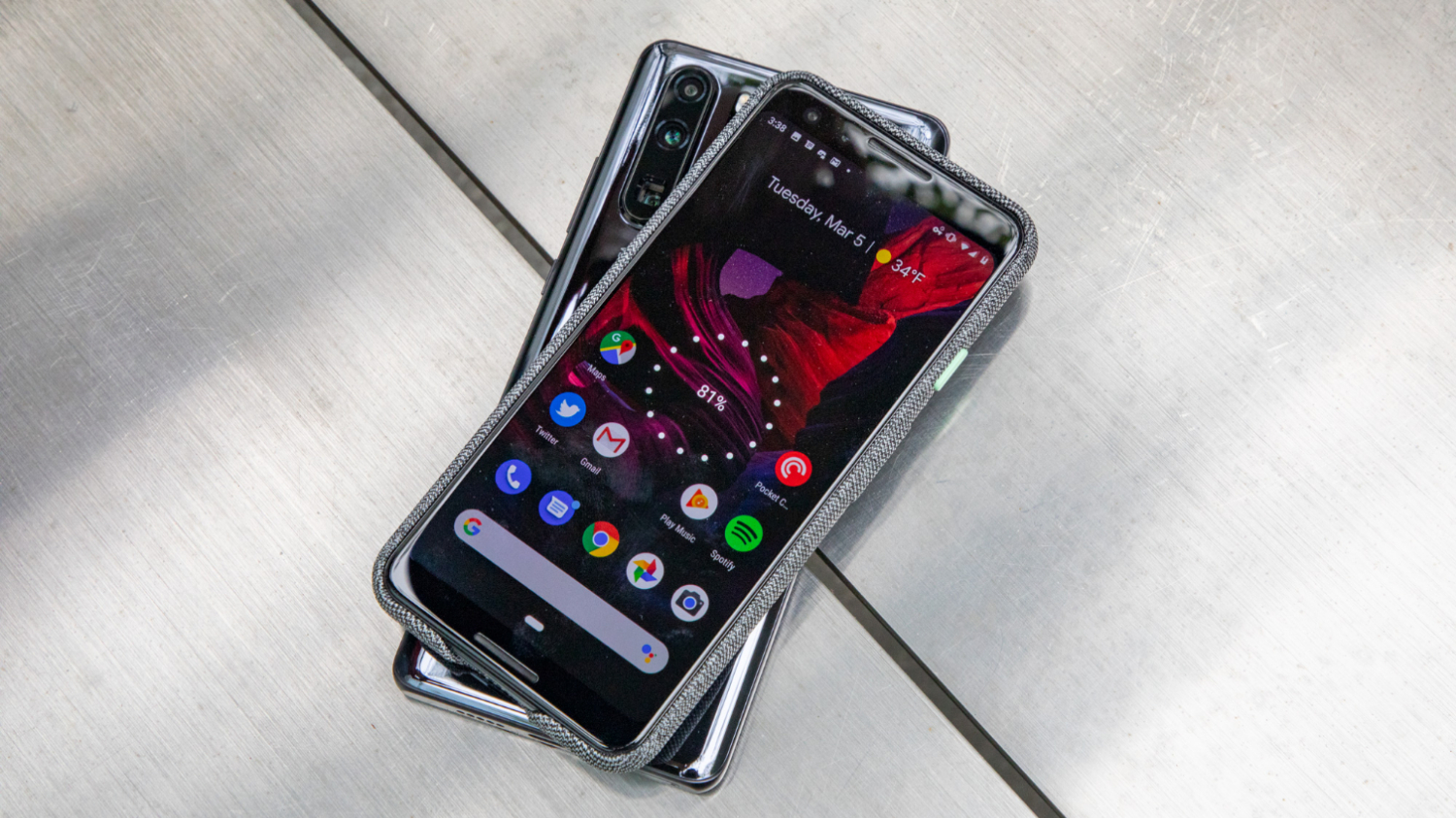
Worst case scenario, your Huawei phone may stop getting security updates come mid-August, which would put you at increasing risk the longer flaws go unrectified. And if an update is pushed out after that point, be mindful that it could fundamentally alter your experience and limit your access to Google services.
Or, maybe it won’t. Again, this is all very much up in the air, and we won’t truly know how Huawei customers will be affected for some time. These are questions nobody has the answer to right now, and each company involved will interpret the law differently. Be sure to keep an eye on our coverage of this ever-changing ordeal over the coming weeks to stay fully informed.
Photo credits: Tom's Guide and Laptop Mag
Adam Ismail is a staff writer at Jalopnik and previously worked on Tom's Guide covering smartphones, car tech and gaming. His love for all things mobile began with the original Motorola Droid; since then he’s owned a variety of Android and iOS-powered handsets, refusing to stay loyal to one platform. His work has also appeared on Digital Trends and GTPlanet. When he’s not fiddling with the latest devices, he’s at an indie pop show, recording a podcast or playing Sega Dreamcast.
